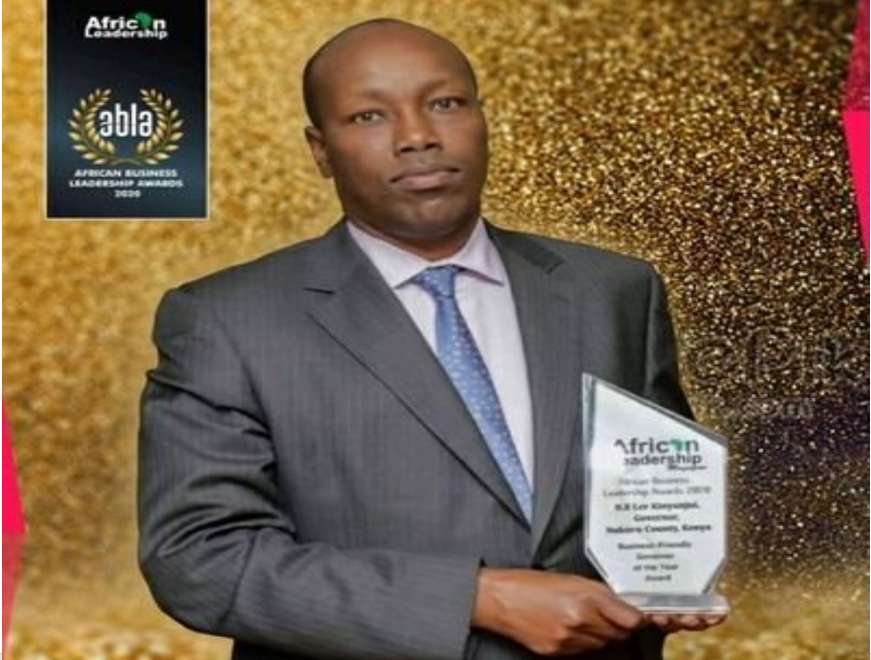By Chu Maoming, China’s Consul General
A grand gathering was held in the Great Hall of the People in Beijing to mark China’s poverty alleviation accomplishments and honour model poverty fighters on Thursday, February 24th, at which Chinese President Xi Jinping announced that China had secured a “complete victory” in its fight against poverty. According to the President, over the past eight years, China’s final 98.99 million impoverished rural residents living under the current poverty line have all been lifted out of poverty, combined with poverty-reduction results since the late 1970s, China is responsible for over 70 percent of the global reduction in poverty over the period, and China has blazed a poverty reduction trail and formed an anti-poverty theory with Chinese characteristics.
To Summarize China’s experience in conquering poverty, I must praise the role of the Communist Party of China(CPC)’s leadership, which has provided a “political and organizational guarantee” in the process. Poverty relief work has been led by the centralized and unified leadership of the CPC with its 90 million members. Party chiefs at all levels were required to assume the primary responsibility for achieving the campaign’s ambitious targets. Over 3 million public sector officials were sent from cities and towns to villages to fight poverty on the front lines.
China’s clinched victory in eradicating absolute poverty has achieved the poverty reduction goal set by the United Nations’ 2030 Agenda for Sustainable Development a decade in advance. UN Secretary-General Antonio Guterres said China’s poverty reduction experiences “can provide valuable lessons to other developing countries”.
The hard-won feat, which came after decades of unremitting efforts by the world’s most populous country, in my opinion, bears hope and inspiration for countries worldwide that are also searching for ways to eliminate destitution as well as promote equality and development.
First and foremost, China’s struggle for poverty alleviation epitomizes the people-centred philosophy of the Chinese government. Facing the numerous obstacles posed by COVID-19, the Chinese government did not push back its goal of lifting all rural residents out of poverty by 2020. Instead, it has managed to deliver its solemn promise to the Chinese people on time.
Second, the poverty reduction accomplishment is an outcome of a continuous drive that combines proper planning, a clear goal, and long-term, sustainable solutions. Back in 2012, the Chinese government announced its first centennial goal of completing the task of building a moderately prosperous society in all aspects by the end of the decade. To meet the target, both the national and local authorities have carried out an array of customized plans and targeted measures for different localities and offered the “teaching-one-to-fish” kind of assistance to the impoverished so that they can capitalize on their strength to get rid of deprivation. Those measures include launching workshops and recruitment campaigns, setting up online platforms for selling agricultural products from poverty-stricken areas and developing tourism for mountainous villages. The success of China’s poverty alleviation efforts depends on a strict, standardized, quantified and transparent poverty alleviation process that is consistent across the country. To make sure that those who have been lifted out of poverty will not be snapped back into impoverishment, China has also decided to set a five-year transition period for counties already out of poverty and gradually shift the policy focus toward comprehensively promoting rural vitalization.
Last but not least, China’s strenuous poverty eradication efforts are aimed, in essence, at ironing out social inequality step by step so as to ensure stability and build a fairer and more inclusive society. For regions mired in deep poverty, the Chinese government has mobilized a host of resources and pool strengths to improve services in education, healthcare, housing and drinking water so as to narrow the wealth gap between remote, less developed areas and cities, as well as to ensure that the poor can also get a share of the dividends of a moderately prosperous society.
Today, poverty remains a chronic and complicated problem facing hundreds of millions worldwide as the wealth gap and the North-South divide continue to grow. And the root cause lies in the world’s expanding development deficits. The international community should work together to promote global cooperation in poverty alleviation so as to close the divide between developed and developing countries, boost common development for humanity and push forward economic globalization in a more open, inclusive, equitable and balanced way.
China has been continuously bolstering South-South cooperation to help developing countries relieve debt pressures and mitigate poverty. It has signed debt service suspension agreements with 12 African countries and provided waivers of a matured interest-free loan for 15 African countries. It has also suspended more debt service than any other member within the Group of 20 frameworks.
In the long history of the human race over the millenniums, ending poverty and building better lives has always been a shared goal worldwide. China’s historic progress in poverty eradication has renewed the hope that terminating privation is possible as long as real and effective actions are taken. As long as the world community can be determined and united, the anti-poverty miracle that has happened in China can also be repeated in other parts of the planet.


